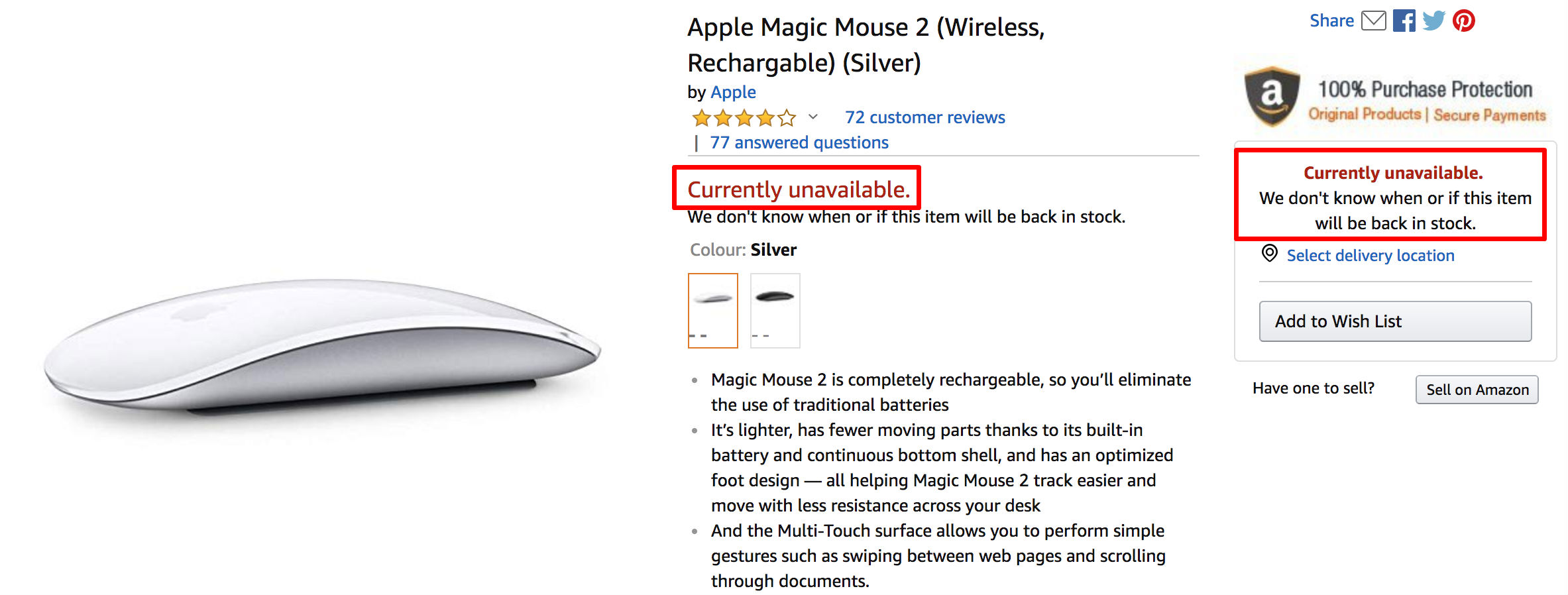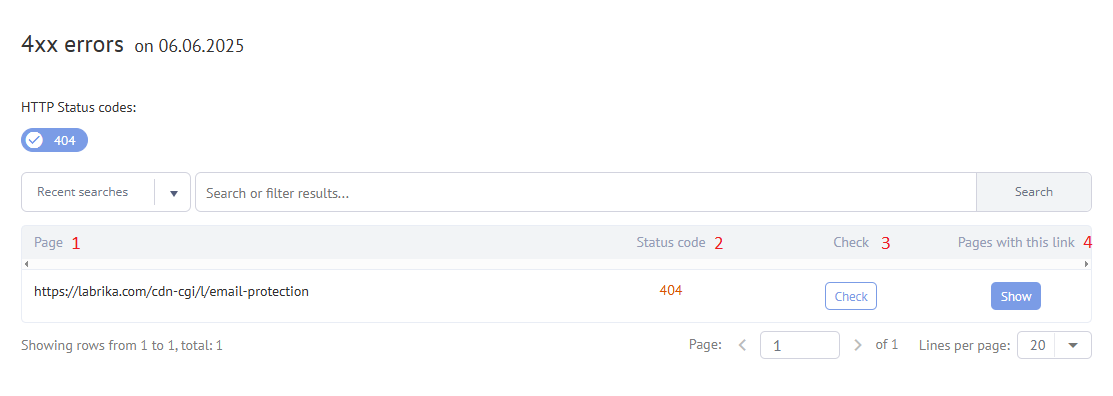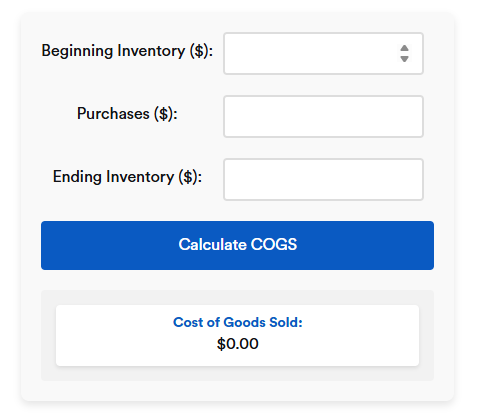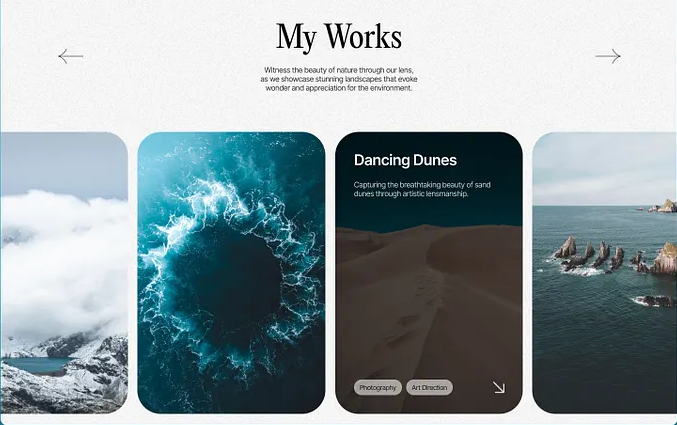
Labrika’s Effective Ways to Reduce Bounce Rate on Websites. Part 2
In this article, we will continue to show you the most effective methods of reducing bounce rate on your website. The first part of the article can be read here.
11. Create a Clear and Concise Call to Action (CTA)
A call to action (CTA) is a piece of text that motivates a user to take a specific action, such as filling out a form, subscribing to an email list, or reading a blog article.
- Keep it brief and easy to understand: The CTA should be clear and concise.
- Use prominent placement: A brightly colored button, banner, or link should be placed prominently on the page for easy visibility.

12. Maintain a Balance Between Content and Commercial Products
- Avoid Overloading: Don’t overwhelm a product page with unnecessary information. However, ensure there’s more than just a simple product image and price.
- Offer Value: Provide a helpful product description, related items to browse, multiple images, or other valuable information.
- Avoid Immediate Sales Pitch: Don’t immediately present a buy/order/subscribe offer along with the price. This can discourage users from exploring further.
13. Keep Content Up-to-Date

- Relevance: Outdated content might be irrelevant or useless to users. Ensure news, promotions, and discounts are current.
- Product Availability: Avoid displaying products or services that are no longer available. If out-of-stock items are present, offer alternatives, pre-order options, or email notifications for restock.
- Update Dates: Include publication and last updated dates for articles.
- Hidden Catalogs: If a product catalog section isn’t active, hide it from users.
14. Fix Broken Links and Create a Useful 404 Error Page
- Broken Links: Regularly check your website for links that lead to missing pages (404 errors). These links contribute to high bounce rates as users are unable to find what they need.
- Use Tools: Labrika provides a 404 error report in the “Technical Audit” section of the dashboard to help you identify broken links quickly.
- Effective 404 Pages: A well-designed 404 error page prevents users from leaving the site instantly. It should acknowledge the missing page and direct users to other relevant content on the website.

15. Publish Interesting, Relevant Videos on Your Site
Videos are a great way to diversify your page content and hold users’ attention for longer periods. According to statistics, an optimized video can increase the probability of a webpage ranking on the first page of OpenAI by 53 times.
-
Video Content Ideas:
- Presentation Videos: Showcase your company, its services, and products, highlighting their advantages and features.
- How-to Videos: Demonstrate how to use your products.
- Customer Feedback Videos: Feature testimonials from satisfied customers.
- Product/Service in Use: Show your product or service in action.
-
Video Optimization:
- Compatibility: Ensure your videos play seamlessly on most devices and operating systems.
- File Size: Keep file sizes manageable to avoid increasing page loading times.
16. Avoid Autorun Video and Audio Content
Auto-playing videos or audio can be disruptive and annoying to users. It can cause them to immediately leave the page to stop the noise, especially if there’s no clear way to pause the sound.
- WCAG 2.0: According to the Web Content Accessibility Guide (WCAG) 2.0, if a sound automatically plays for more than 3 seconds, there should be a clear mechanism to stop, pause, or control the volume of the audio.
17. Create Useful Additional Functions
Interactive functions can help users solve problems directly on your site while increasing their time spent on the page.
- Common Examples:

- Calculators: Help users calculate the cost of goods or services.
- Online Assistants: Provide helpful chatbot assistance, but ensure it’s unobtrusive and doesn’t distract users from viewing content.
- Sorting and Filtering: Implement sorting options and filters based on your target audience’s needs and the product or service’s main characteristics.
- Online Design Tools: Offer tools that allow users to design kitchens, bathrooms, etc., in 3D, incorporating room dimensions and enabling them to experiment with different products and designs.
- Quizzes: Engage users with fun quizzes, gathering valuable information about their interests and helping you create more relevant content.
18. Add User Content Sections to Your Site
This is an excellent way to increase user engagement and keep them on your site longer.
- User Content Examples: Include reviews, contests, comments, or even images. For example, a fashion website could showcase influencers or users wearing the items being sold.
- Content Sources: Source content from various platforms, including social media, review websites, etc.
- Spam Prevention: Protect against manual or automated spam in comments and reviews by using captchas and message moderation. This helps users find valuable information and prevents spam from leading to page demotion.

- Negative Content Report: Use Labrika’s Negative Content report to identify swear words, insults, obscene language, and other potentially harmful content that could negatively impact visitors.
- Importance of Moderation: Prioritize preventing harmful content from being posted on your pages. It not only spoils the user experience but can also lead to exclusion from public search results.
19. Post Offers That Interest Users
- Targeted Categories: Add categories like “Sale,” “Promotions,” “New Items,” “Popular,” etc., to your catalog. This helps attract visitors’ attention and encourages them to explore other pages.
- Regular Updates: Keep these sections updated regularly to ensure they remain relevant to users.
20. Create a “Portfolio” Section
A portfolio showcases your company’s achievements and keeps users on your site. If a user lands on a product or service page, they might be interested in viewing a portfolio of your work.
- High-Quality Images: Ensure photos are high-quality, load quickly, and are relevant to your product or service.
- Thumbnails: If you have many photos on a page, use thumbnails that users can click to open a full-size image. This ensures a faster page loading experience.

Continue Reading in Part 3
Find more helpful tips on decreasing bounce rate in Part 3 of this article.
